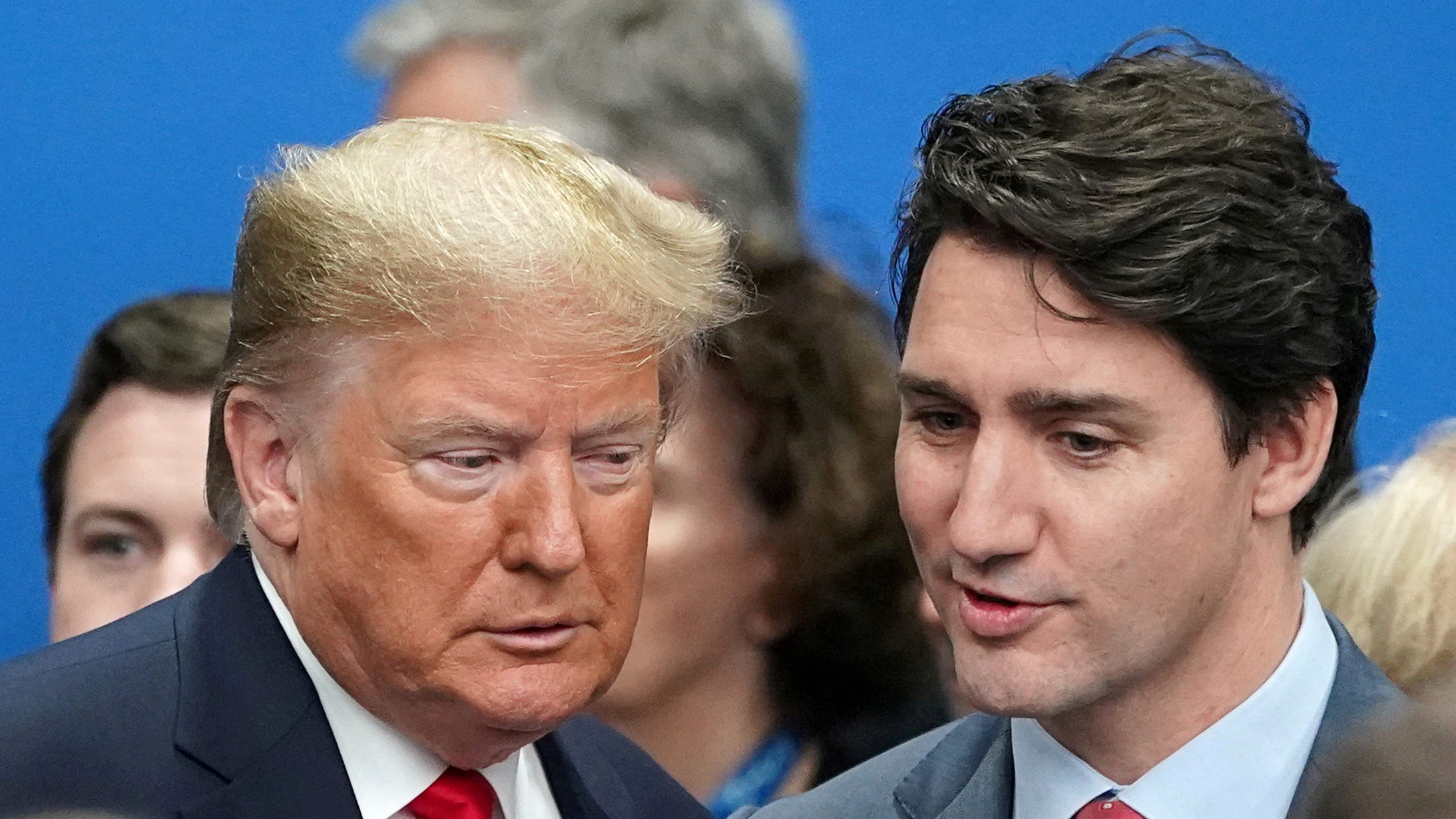China Trade Talks: Trump Administration Targets Tariff Relief And Rare Earths

Table of Contents
The Trump Administration's Approach to Tariff Relief
The Trump administration's approach to trade with China was characterized by a series of tariffs aimed at addressing trade imbalances and intellectual property concerns. Let's examine the successes and shortcomings of this strategy.
Phase One Deal and its Limitations
The "Phase One" trade deal, signed in January 2020, represented a partial truce in the trade war. However, its impact has been limited.
- Specific tariff reductions: While some tariffs were reduced or removed, many remained in place, particularly on certain agricultural products and manufactured goods.
- Sectors affected: The deal primarily focused on increased Chinese purchases of US agricultural products and a commitment to intellectual property protection. However, many other sectors continue to be subject to tariffs.
- Remaining tariffs: Significant tariffs remain, impacting various industries and contributing to ongoing trade tensions.
The trade war, preceding the Phase One deal, significantly impacted both economies. US exports to China declined sharply, and Chinese retaliatory tariffs affected numerous American businesses. While data on trade volumes showed some recovery after the agreement, full normalization has not been achieved. The initial optimism surrounding the Phase One deal has been tempered by the persistence of trade frictions.
Ongoing Negotiations and Future Tariff Adjustments
Discussions regarding further tariff reductions or potential increases continue to be a focal point of the China Trade Talks. Several key sticking points remain, including:
- Key sticking points: Concerns over forced technology transfer, intellectual property rights violations, and market access for US companies persist.
- Potential scenarios: Further tariff reductions are possible if substantial progress is made on these issues. Conversely, escalating tensions could lead to renewed tariff increases.
- Influence of political factors: Domestic political considerations in both countries significantly influence the negotiation process, making predictions uncertain.
The leverage held by each side depends on their economic resilience and the global economic climate. A global recession could influence the willingness of both nations to compromise, potentially leading to concessions on tariffs.
Rare Earths: A Strategic Focus in China Trade Talks
The strategic importance of rare earths has emerged as a critical component of the China Trade Talks. These 17 elements are essential for various high-tech industries.
The Importance of Rare Earths in Global Supply Chains
Rare earths play a crucial role in a wide range of technologies:
- Examples of rare earth applications: Electronics (smartphones, computers), renewable energy (wind turbines, electric vehicles), defense (missiles, radar systems).
- Global distribution of rare earth resources: While rare earth elements are not particularly rare, their distribution is geographically concentrated, with China historically dominating global production and refining.
- Security implications: China's control over rare earth production raises significant security concerns for countries reliant on these materials.
This dominance creates significant vulnerability for nations dependent on Chinese rare earth imports, highlighting the need for diversification.
Diversification Efforts and US Policy
The US government has initiated various strategies to lessen its dependence on Chinese rare earth imports:
- Investment in domestic production: Incentivizing domestic mining and processing of rare earths is a key element of this strategy.
- Exploration of alternative supply sources: The US is actively seeking partnerships with other rare earth-producing countries to create alternative supply chains.
- International collaborations: Strengthening partnerships with allies to develop secure and reliable sources of rare earths is crucial.
However, achieving meaningful diversification of the rare earth supply chain is a long-term endeavor, requiring substantial investments and technological advancements. The feasibility and timelines involved remain uncertain, prompting a continued focus on this aspect within China Trade Talks.
The Broader Geopolitical Context of China Trade Talks
The US-China trade relationship has far-reaching global implications, extending beyond bilateral trade disputes.
Impact on Global Trade and Economic Stability
The trade tensions between the US and China have significant consequences for the global economy:
- Effects on supply chains: Disruptions to global supply chains lead to increased production costs and uncertainty for businesses worldwide.
- Inflation: Tariffs contribute to inflationary pressures, affecting consumer prices globally.
- Economic growth: The trade war negatively impacts economic growth in various countries, particularly those deeply integrated into global supply chains.
International organizations like the WTO play a vital role in promoting fair trade practices and mitigating the negative impacts of trade disputes. Smaller economies heavily reliant on trade with either China or the US are particularly vulnerable to disruptions.
Technological Competition and National Security
Technological competition and national security concerns are integral to the China Trade Talks:
- 5G technology, semiconductor industry, data security, intellectual property rights: These areas represent critical points of contention, reflecting broader strategic rivalry.
- Strategic competition: The US and China are engaged in intense competition to dominate these crucial technological sectors.
- Role of sanctions and export controls: Sanctions and export controls are employed as strategic tools to limit China's access to sensitive technologies.
These aspects highlight the increasingly intertwined nature of trade and national security in the context of US-China relations.
Conclusion: Understanding the Dynamics of China Trade Talks
The China Trade Talks are far more than simple tariff negotiations. They reflect a complex interplay of economic interests, geopolitical considerations, and technological competition. Understanding the intricacies of tariff relief, the strategic importance of rare earths, and the broader geopolitical context is crucial for navigating this evolving landscape. The future direction of these negotiations remains uncertain, with potential outcomes ranging from further de-escalation to renewed trade tensions.
Stay informed about further developments in China Trade Talks by subscribing to updates from reputable news sources, conducting in-depth research, or following relevant think tanks and policymakers. A deeper understanding of China trade talks and their implications is invaluable for businesses seeking to navigate global markets and for policymakers shaping international trade policy.

Featured Posts
-
 Angela Swartz A Comprehensive Overview
May 13, 2025
Angela Swartz A Comprehensive Overview
May 13, 2025 -
 Recent Obituaries Local Residents Who Passed Away
May 13, 2025
Recent Obituaries Local Residents Who Passed Away
May 13, 2025 -
 Penjelasan Karding Soal Penempatan Pekerja Migran Di Kamboja Dan Myanmar
May 13, 2025
Penjelasan Karding Soal Penempatan Pekerja Migran Di Kamboja Dan Myanmar
May 13, 2025 -
 Scudetto Race Inter Napoli Atalanta Wedstrijdprogramma En Voorspellingen
May 13, 2025
Scudetto Race Inter Napoli Atalanta Wedstrijdprogramma En Voorspellingen
May 13, 2025 -
 Fizika I Khimiya V Detskom Sadu Chto Izmenitsya
May 13, 2025
Fizika I Khimiya V Detskom Sadu Chto Izmenitsya
May 13, 2025
